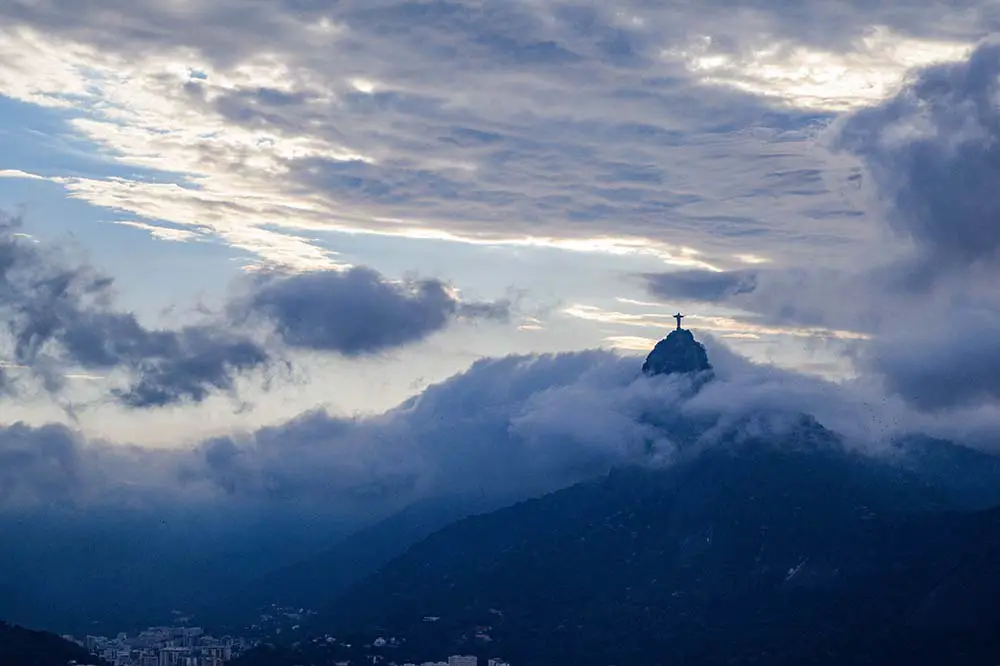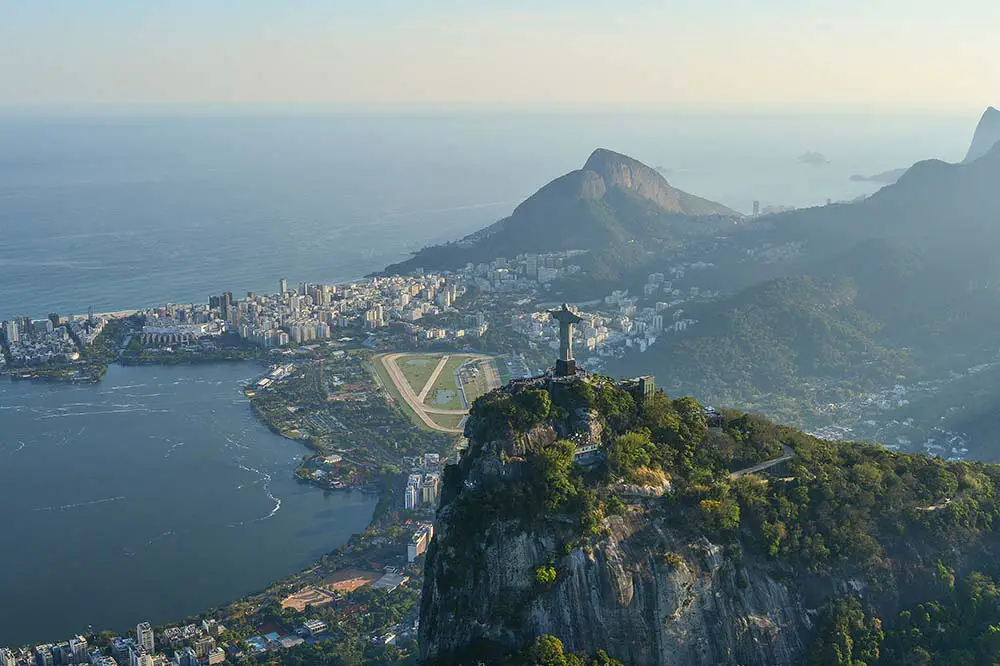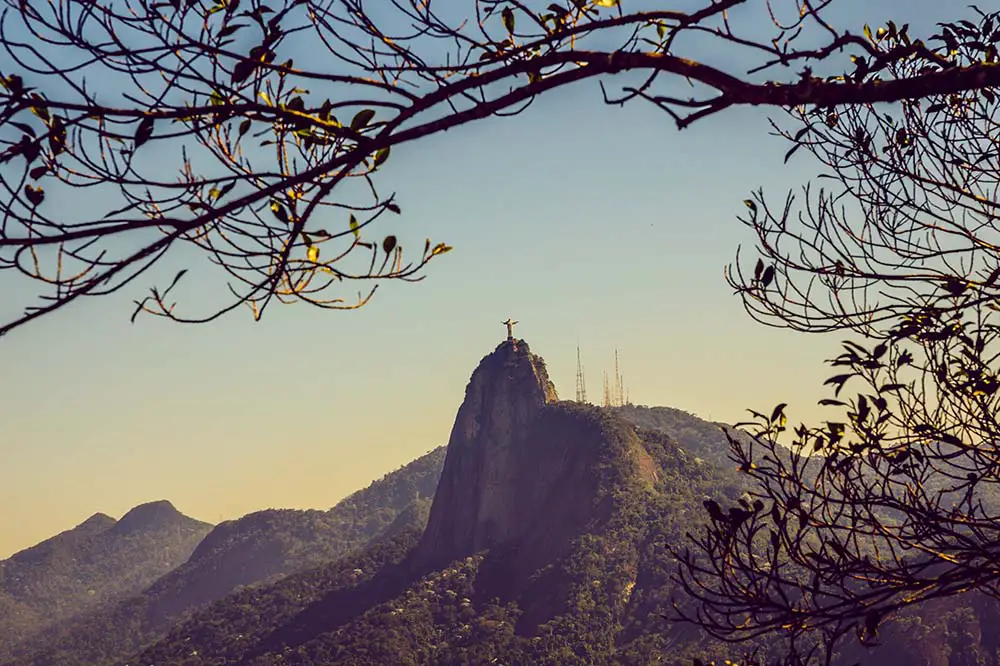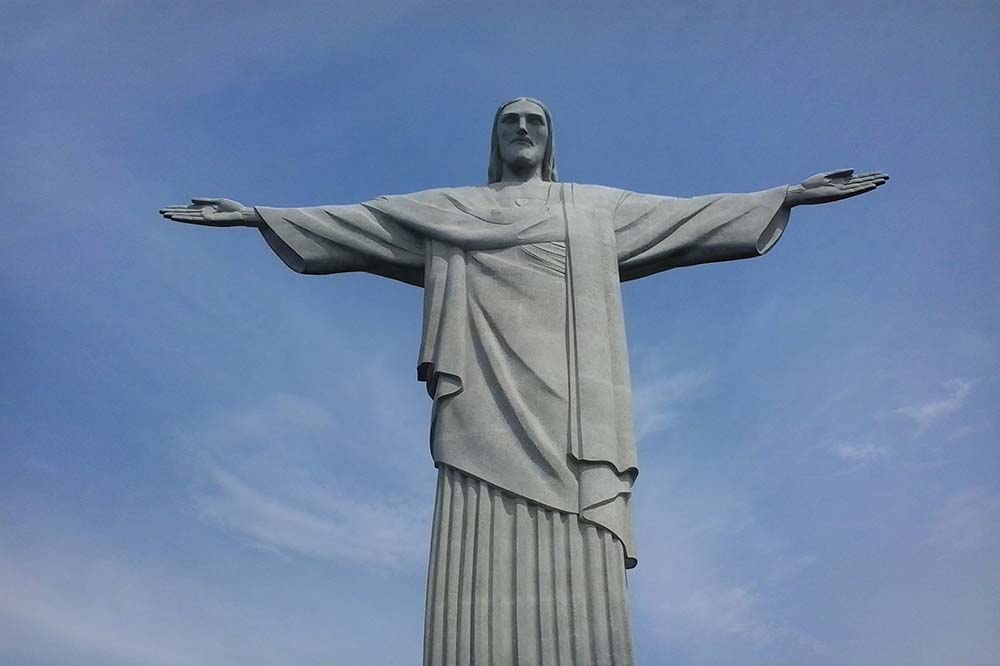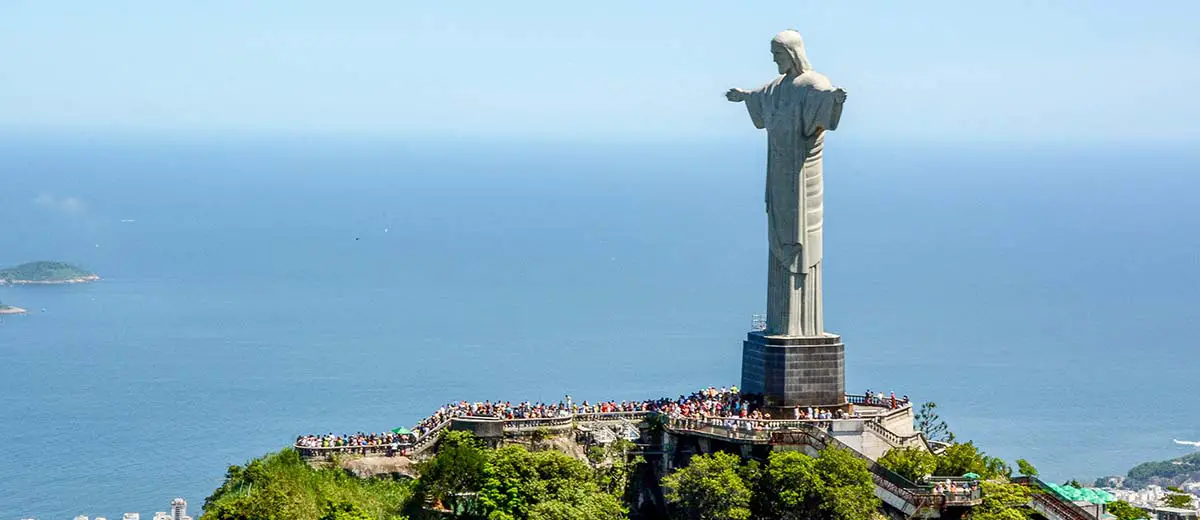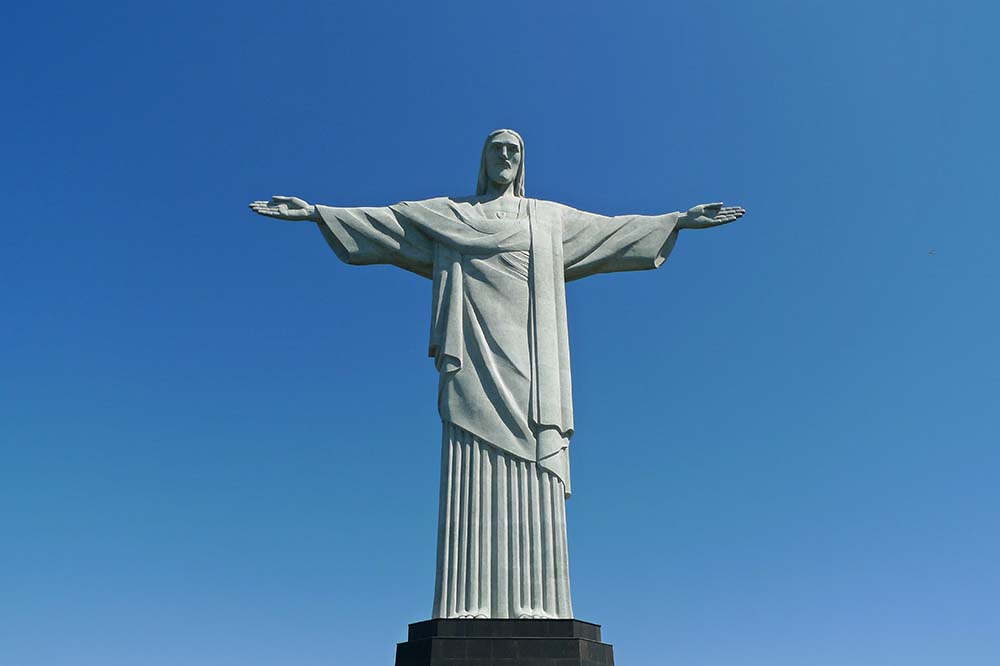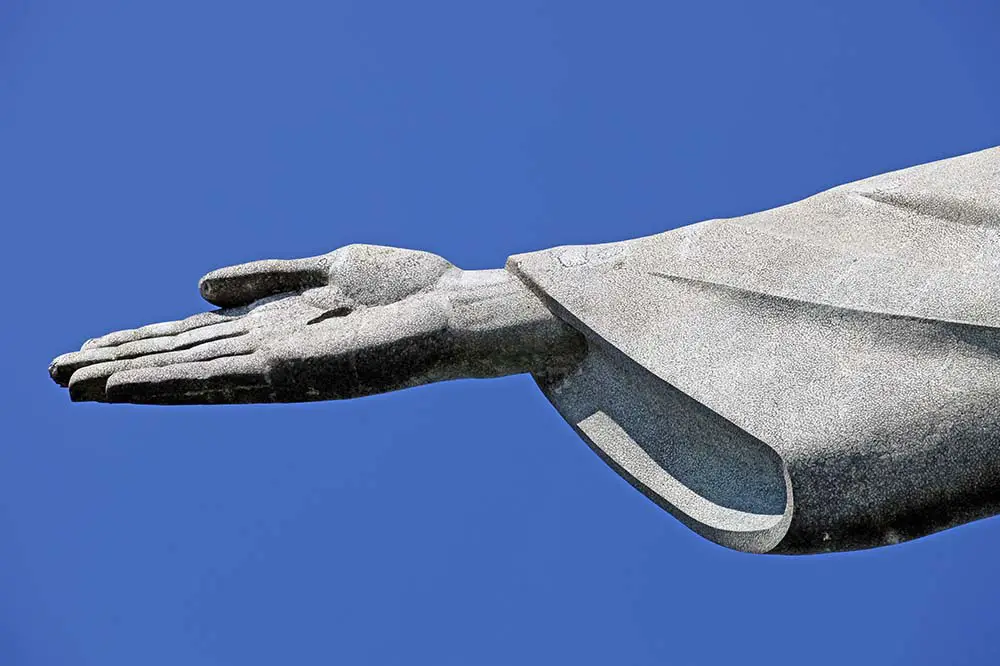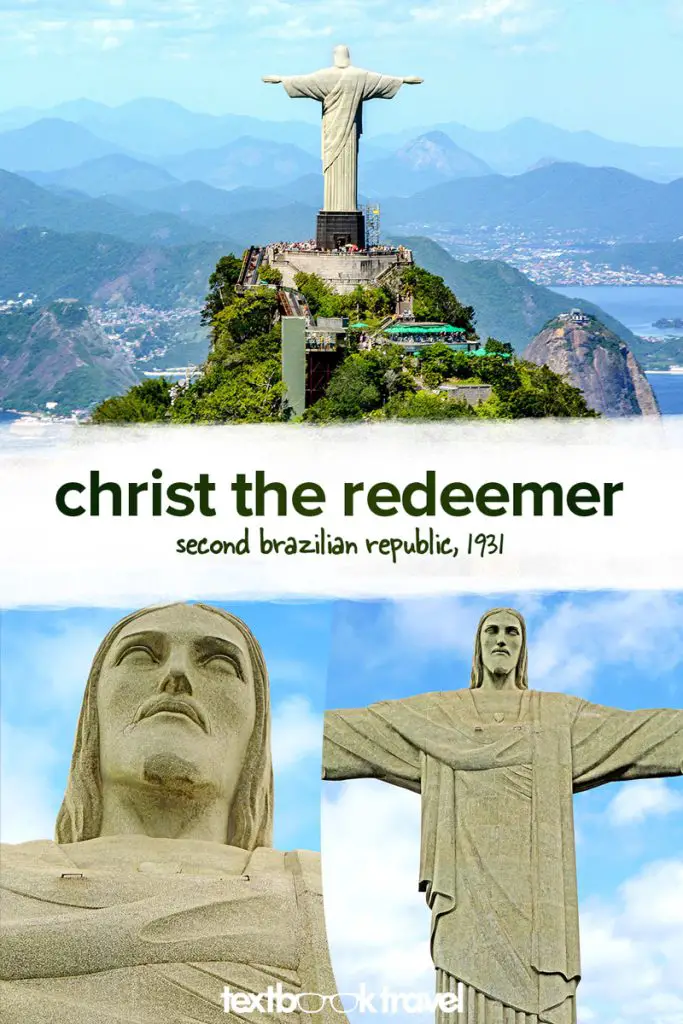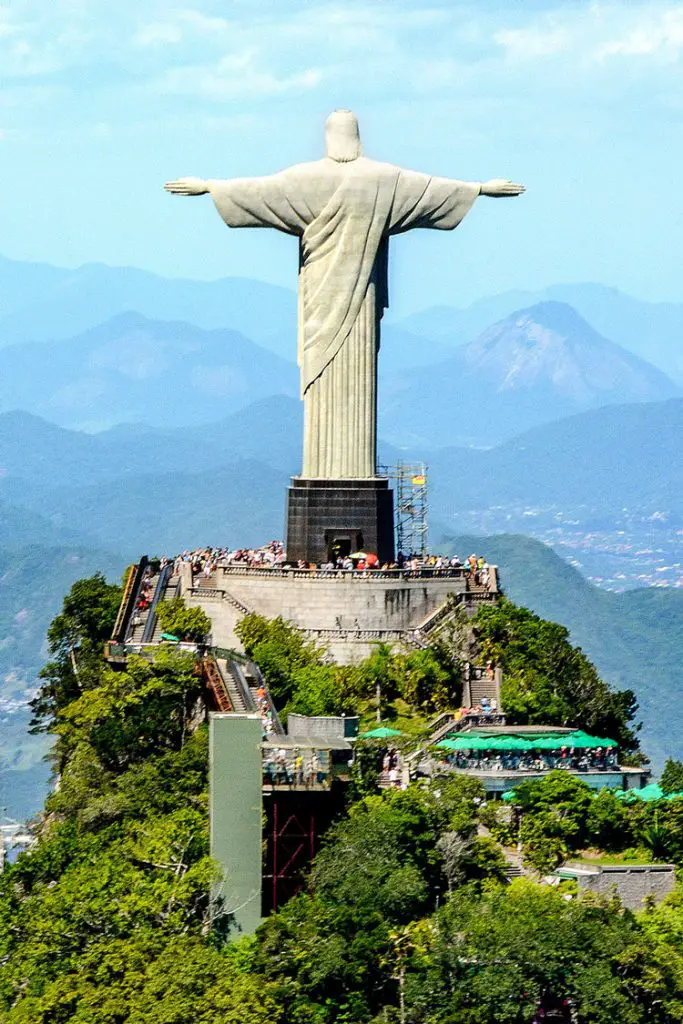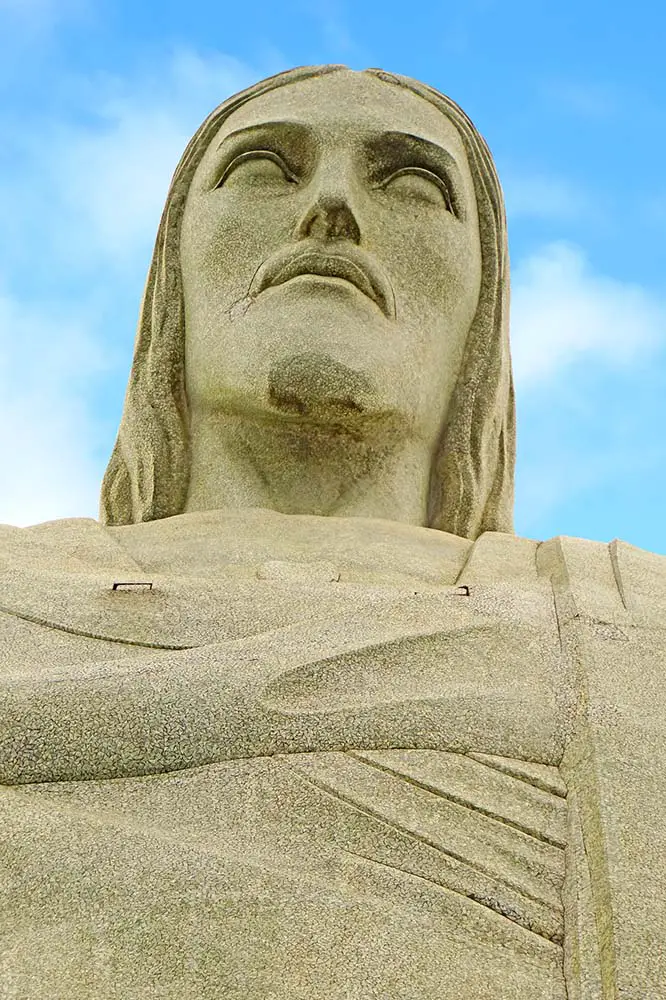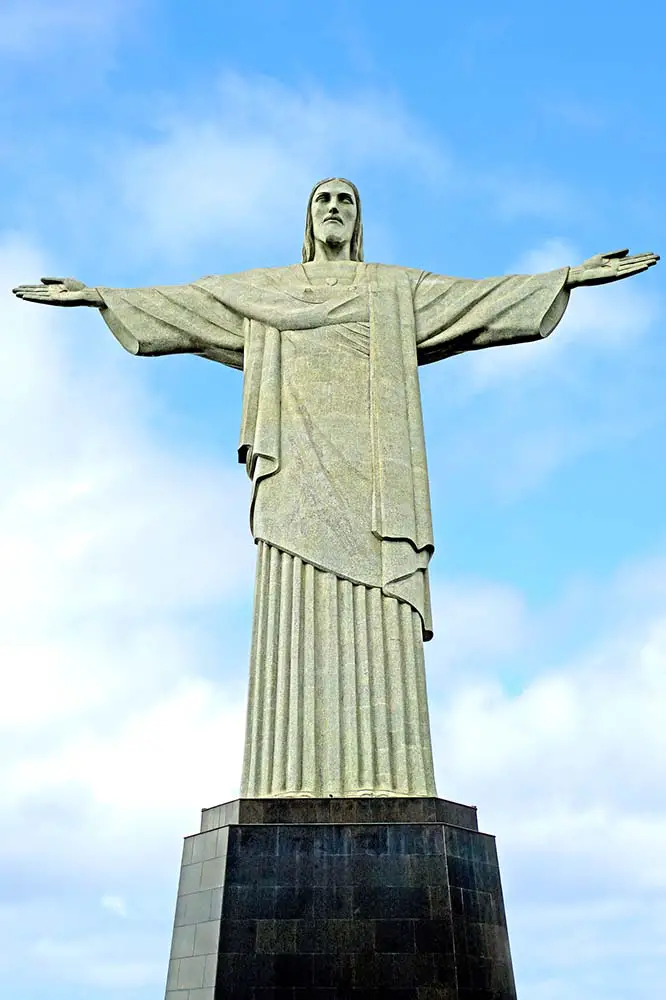Christ the Redeemer | Second Brazilian Republic, 1931
After becoming the capital of the Portuguese Colonial Empire in 1808 when the country’s royalty fled Napoléon, Brazil declared its independence from Portugal in 1822, establishing the Empire of Brazil. 67 years later, a military coup would bring an end to the Empire and usher in the age of the First Brazilian Republic in 1889. Although Brazil was still going through much political turmoil, a campaign to erect a statue of Jesus Christ in Rio de Janeiro was launched and the final design showing Jesus with outstretched arms was chosen as a symbol of peace.
Left: Jaesung An from Pixabay & Right: Mel Gama from Pixabay
Christ the Redeemer is perched on the peak of Corcovado mountain overlooking the famous beaches of Rio. It stands at a height of 30 meters / 98 feet and weighs a little over 600 tons. Unlike the Statue of Liberty, which is made from an iron frame and copper skin, Christ the Redeemer is made from reinforced concrete covered with thousands of soapstone tiles. The statue was officially opened in 1931 after 9 years of construction and was named as one of the New Seven Wonders of the World in 2007.
Excuse me! Are you on Pinterest?! Here are a couple of pins! Right: Jose Guertzenstein on Pixabay
Gallery
This post is part of an expanded series taken from 37 Wonders of the World in Chronological Order. You can click the link to read more or navigate between individual photo posts beneath the gallery.
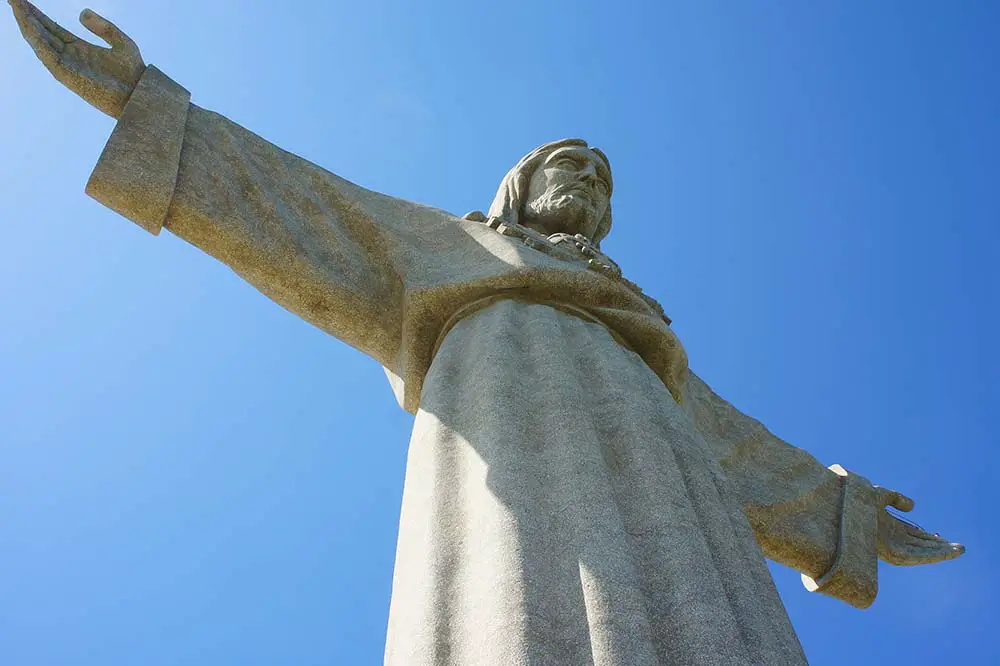
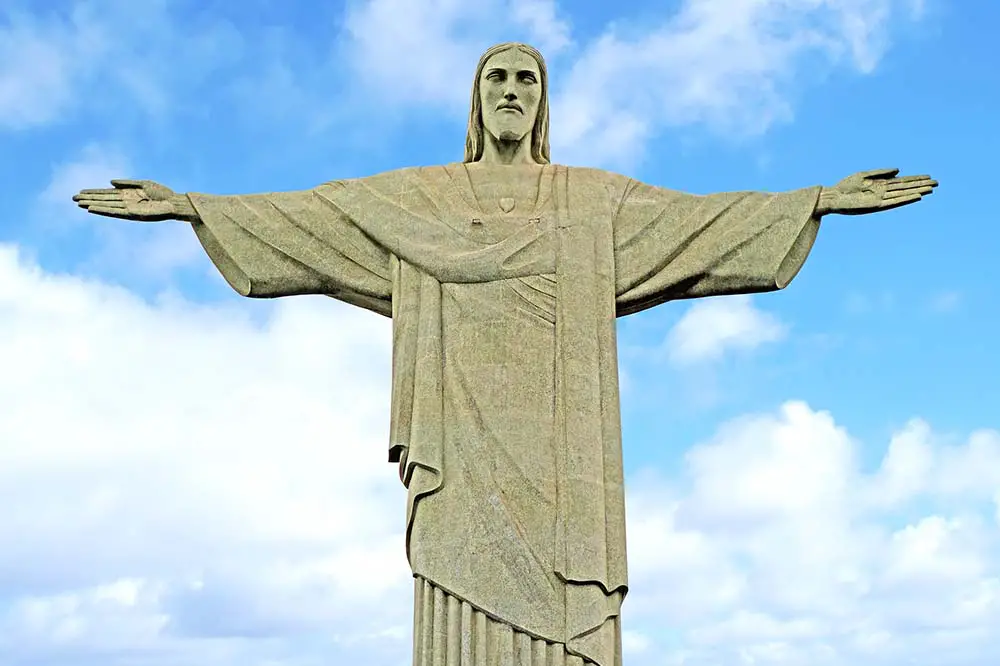
Left: Denis Archer on Flickr & Right: Denis Archer on Flickr


